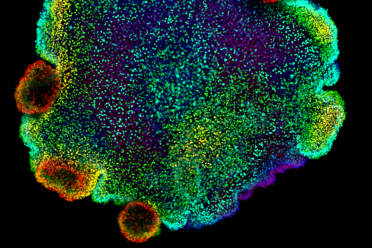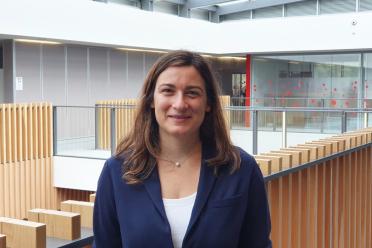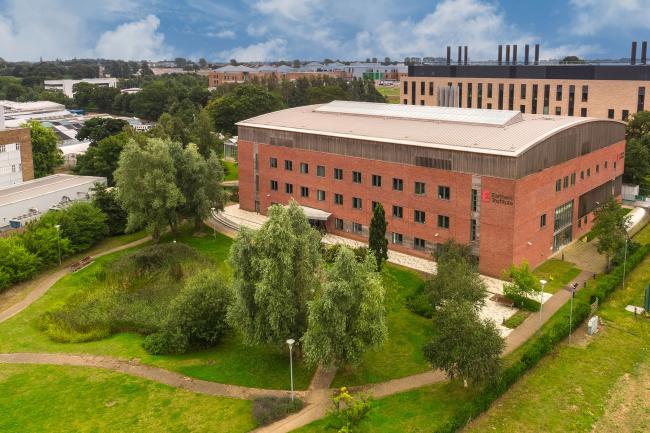
The Biodiversity Cell Atlas is an international project, similar to the Human Cell Atlas, with the potential to enhance our understanding of evolution, inform conservation, and provide new insights into cellular diversity and function.
Dr Irene Papatheodorou - Team Leader at EMBL-EBI and soon to be Head of Data Science at the Earlham Institute - will be providing expertise to ensure that the vast data from the Biodiversity Cell Atlas remains an open resource for the scientific community.
The cell is the fundamental unit of biology. Within multicellular organisms - be they plant, animal, or human - cells can display enormous diversity.
The goal of the Biodiversity Cell Atlas project is to understand the origins and functions of this diversity across the tree of life, thereby transforming our understanding of biology.
Cell atlases allow researchers to interrogate what each individual cell is doing at any given moment. Rapid advancements in sequencing technologies, such as single-cell RNA sequencing, have made creating cell atlases at scale possible.
There is no universal solution, however, for creating cell atlases across animal, plant, fungus or other lifeforms.
To address this challenge, a research group led by Arnau Sebé-Pedrós - ICREA Research Professor and Single Cell Genomics and Evolution Group Leader at the Centre for Genomic Regulation (CRG) in Barcelona - has been awarded funding by the Gordon and Betty Moore Foundation.
The funding will allow the group to test and benchmark methodologies for profiling single-cell atlases in non-model organisms.
This will lay the groundwork for the ambitious work to chart the diversity of the different cell types on Earth – the Biodiversity Cell Atlas.
"Our planet has a vast living tapestry of cells, each with specialised functions and structures and a unique evolutionary story,” said Professor Sebé-Pedrós.
“This funding is a bold first step towards explaining each type of cell’s journey on Earth, knowledge that can illuminate how these foundational units of life have evolved over time and provide new insights into the functional diversity and interactions between organisms”
The project is a joint effort of different research communities that develop and apply single-cell sequencing technology to build cell atlases of model organisms, sequence genomes of a diversity of species, and compare single-cell genomics datasets.


